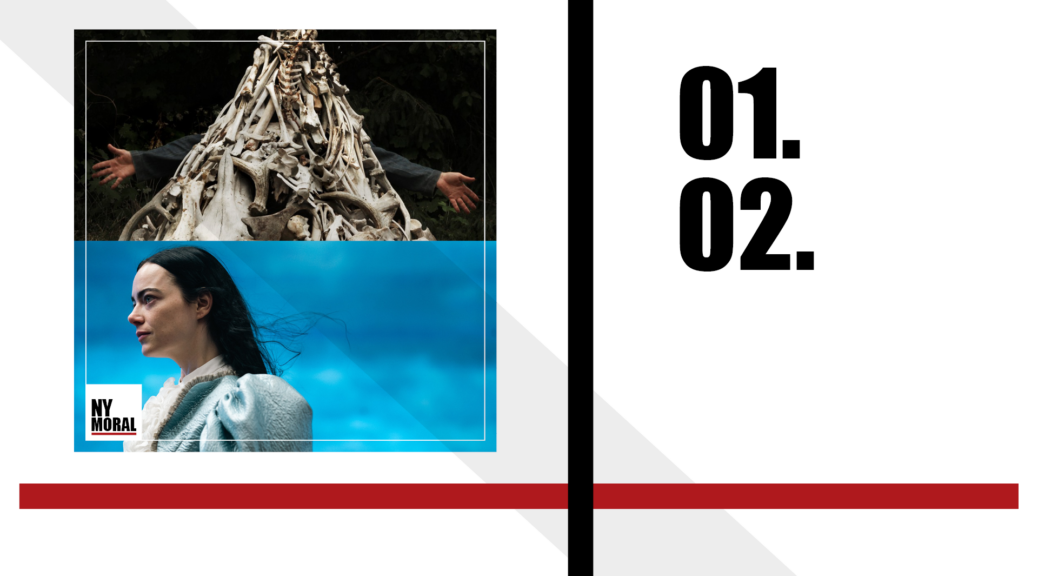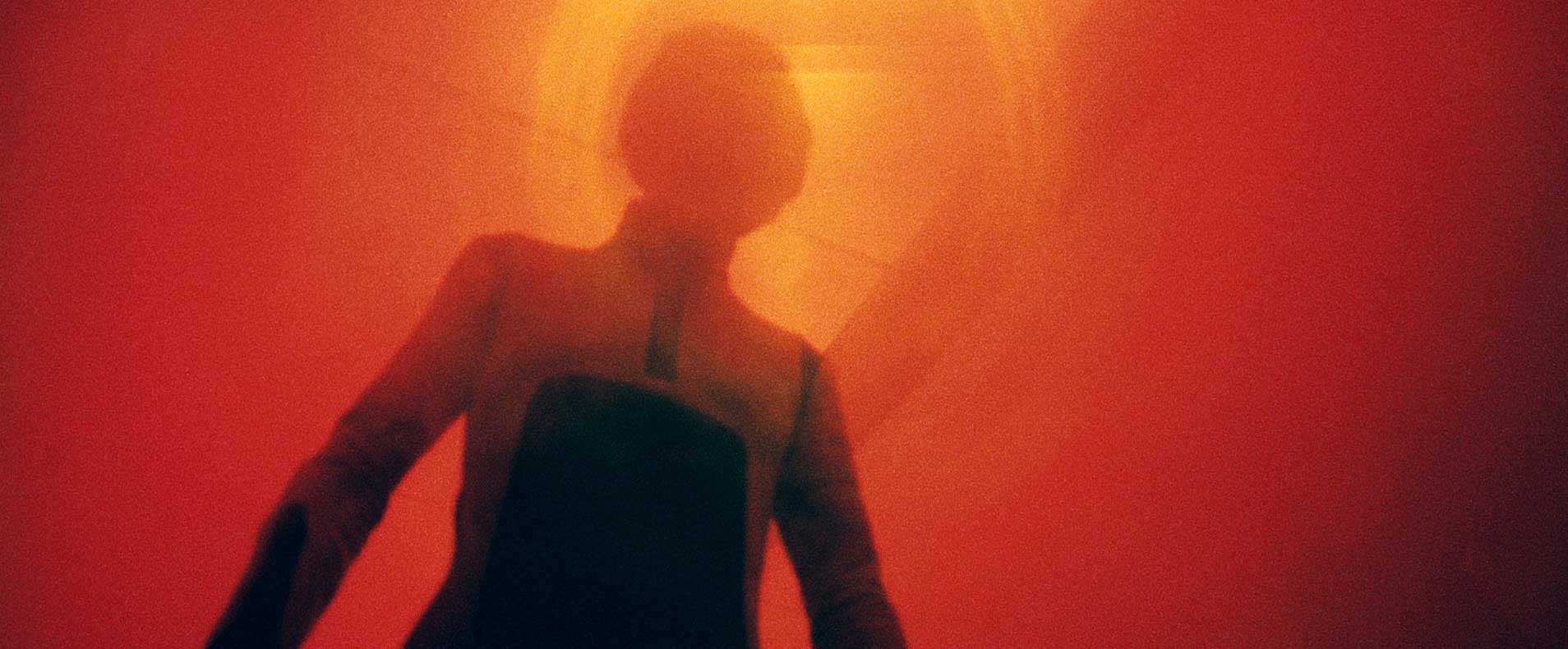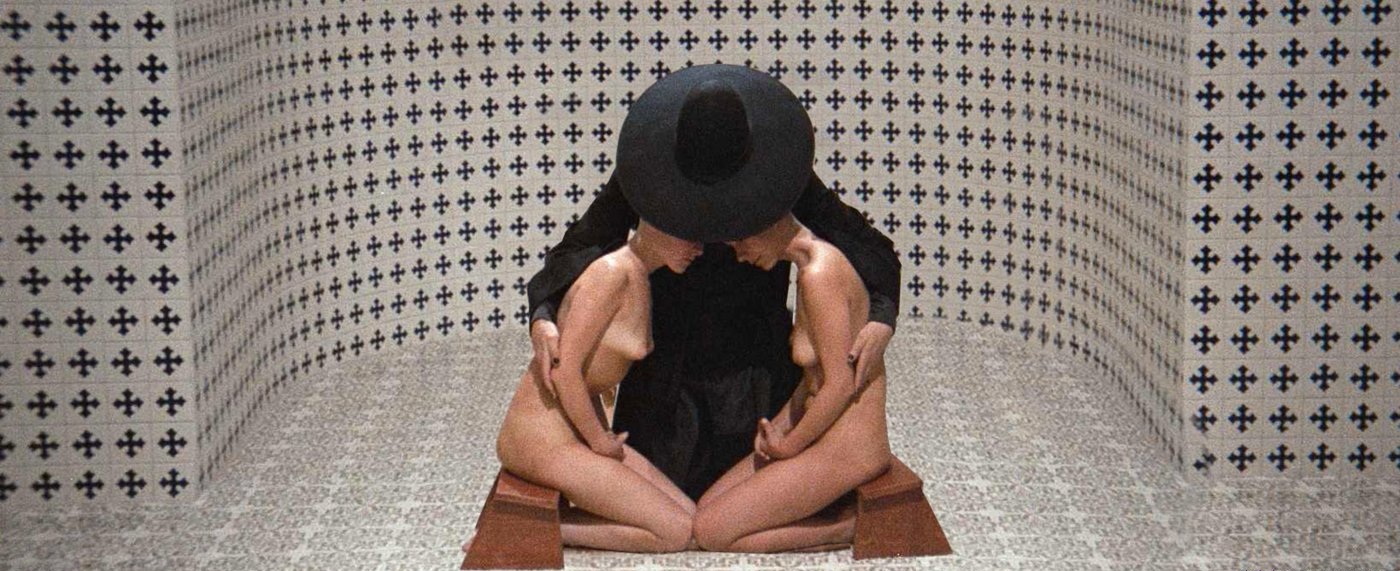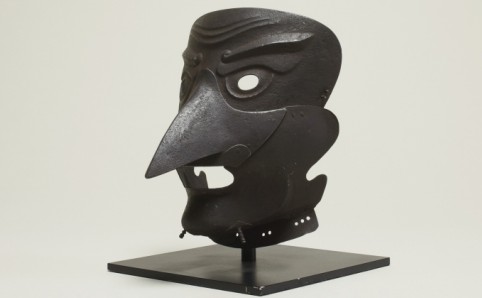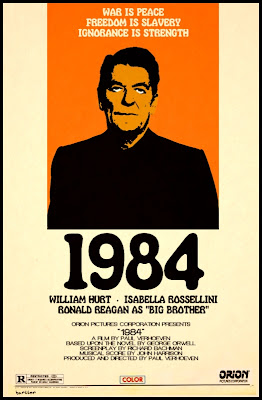Category Archives: art
Sam Jinks
What is drowned will rise – What has risen will rule
Lovecraft art by Francois Launet.
Beyond the Black Rainbow
I just saw a movie that was right up my alley (thanks for the tip, Claudio Marino!). I won’t tell you much about it, I think it’s better that way. What you need to know is that Beyond the Black Rainbow is a psychotronic kind of movie, where plot isn’t as important as aesthetics. This thing is beautiful! Along with the dark and brooding soundtrack (the main theme is obviously inspired by the masters: Goblin) it strives for perfection in the genre. Of course it has its’ flaws, but if you’re in the right mood: Crank up the volume and turn off the lights and this beast will hold you spellbound for almost two hours straight.
I feel the same vibe in movies like Inland Empire, The Limits of Control, Valhalla Rising, Eraserhead, Amer and maybe even Stalker, 2001: A Space Odyssey and some Cronenberg flicks. If you like that stuff, you’ll hopefully dig this one too.
The Holy Mountain – Part One
Alejando Jodorowsky‘s The Holy Mountain (1973) is one of my all time favourites. It’s about symbolism, mainly focused on spirituality and the occult, death, rebirth, mysticism and the extramundane, but also on capitalist production, militarism and the absurd. The visual vocabulary is unique and absolutely stunning. Press pause in any frame at any time throughout the whole film, and you will get an image that constitutes the most amazing art. After all, Jodorowsky was trying with all his soul to make a sacred film. He wanted to change mankind with it, make it a source of enlightenment for the audience, and he believed that cinema was better than LSD…
The Holy Mountain has certainly changed me and the way I look at things, and most importantly the way I look at movies. In my eyes, this is pure gold/excrements. It operates on so many levels and is filled with so much detail, I believe you need to experience it several times to grasp its universal themes. Knowledge of the occult, religion and its’ most basic symbols is essential for understanding. Sometimes it comes out deep as fuck, and sometimes it does not (to put it simply, haha!)… That’s what I love with this piece of art: It rules even when it sucks!
These posts are based on Jodorowsky’s commentary track for the Anchor Bay DVD edition, as well as the book The Spiritual Journey of Alejandro Jodorowsky. You may want to watch the movie while you read this text, and hopefully, a deeper kind of understanding will emerge on your highway to hell/nirvana or whatever you may fancy.
Here are the first three minutes of the film, as explained by Jodorowsky in the commentary track:
First, a set decorated without furniture. It’s clean, like a hospital, with crosses on the wall to convey a sense of mysticism. There are only essential objects, like a sacred ceremony. The master’s outfit conceals his face. He hides his face, like Mohammed. He is an essential being, without ego.
These are the actual movements of a Japanese tea ceremony. All the movements are conscious.
These two girls weren’t actresses. They wanted to have a spiritual experience. They were searching for their own truth, their naked truth.
[the camera sweeps across different images]
The inner God that opens in circles towards a greater consciousness.
A heart that opens towards a greater consciousness.
The target that the arrow must hit.
The eye of Buddha.
The pearl, the soul that must be polished.
When the door is opened, a key is found with the trilogy.
Now, descend into the world of the dead, to the world of the dreamless dreams.
Descending…
Butterfly wings symbolize metamorphosis.
Back up through the serpent, Kundalini… the pearls of Eros, until it arrives at a geometric figure, which is the interior consciousness.
After this three minute introduction filled to the brim with symbols of the occult, we meet the protagonist, the Christ like figure, the Thief, lying on the ground, and who through the course of the film will experience moments of enlightenment. Jodorowsky continues:
He’s ”The Fool” of the tarot. His face is covered with flies, symbolizing useless thoughts. He is urinating on himself. He’s drunk and lost. This is the card that defines him, the tarot’s Fool card. The Fool is always represented by an animal that is his ego. The frog is the ego.
To be continued in Part Two.
Wellcome to Hell
So you think you’re a collector? You ain’t got shit compared to Henry Wellcome (1853-1936).
I spent a few days in London recently, and on Euston Road I came across the Wellcome Collection.
Mr. Wellcome was a pharmacist, entrepreneur, philantropist and compulsive collector. At a very early age, Henry’s village was attacked by Sioux Indians, and Henry helped out taking care of the wounded people. This event sparked an interest in other cultures (usually, it’s the other way around) and already as a child he began collecting objects from other worlds.
At the time of his death he had more than a million archeological artefacts, etnographic specimens and objects of medical history, all packed in warehouses all over London. Most of the collection was sold off at various auctions, but lots of stuff was up for grabs. For example, thousands of weapons were given away, and more than six tons of helmets, shields, spears and guns were just put in the trash. Wellcome had over 600,000 volumes in his library, and more than 100,000 paintings and photographs, all donated to the Wellcome Trust.
Henry’s vision was to create a massive space to house his collections, where scientists and other professionals could come to learn about the development of medicine and such. This was supposed to be a museum of man, rather than a cabinet of curiosities.
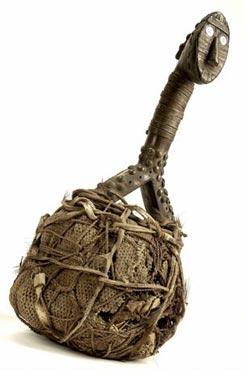
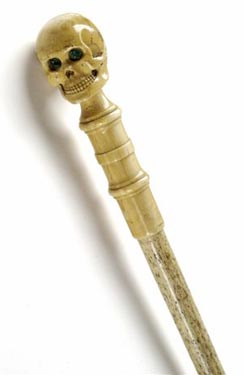
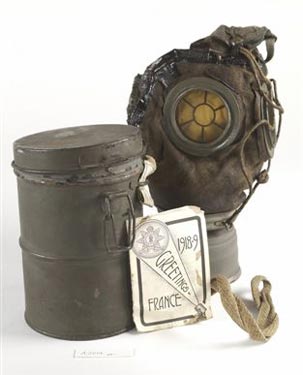
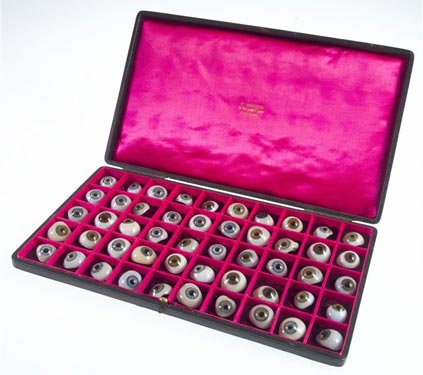
Chrisopher Turner writes in his review of An Infinity of Things: How Sir Henry Wellcome Collected the World (Frances Larson):
”Burroughs Wellcome & Co, the business that paid for this magnificent trove of historical bric-à-brac, sold malt extract, cod liver oil, cocaine and other dietary supplements in the novel form of compressed tablets (their cocaine pills, labelled ‘Forced March’, were ‘to be dissolved in the mouth every hour when undergoing continued mental strain or physical exertion’). These revolutionary gelatine-coated ‘tabloids’, were ‘so attractive in appearance’, one customer marvelled in 1885, ‘that they might almost be mistaken for sweets’ – and they sold almost as fast. The two entrepreneurs built a factory in Kent, with machines capable of churning out 600 pills a minute. The pills were then aggressively marketed to doctors and pharmacies all around the country by salesmen in frock coats with crocodile-skin bags.”
>Alternative movie posters
>
I know, this “trend” is as old as when piracy suddenly allowed every miffo out there to download Photoshop for free, but some of these are pretty cool.
However, here’s a slightly different take on the genre, since they are set in another time, featuring different actors, directors and so forth. I would love to see Fritz Lang’s German adaptation of 2001: A Space Odyssey, not to mention Akira Kurosawa’s version… That would seriously slay.
If I had the skills, I’d make a bad ass poster with Klaus Kinski starring in Blade Runner, rewritten by Alan Moore and simultaneously directed by Alejandro Jodorowsky and Kenneth Anger.
Soundtrack: Sunn 0))), Godspeed You Black Emperor, Clint Mansell and Burzum.
What about that? Yes, awesome.
Posters stolen from Peter Stults and Hartter.
Related posts:
Czech film posters
Modern film posters
British propaganda posters
American propaganda posters
German propaganda posters
